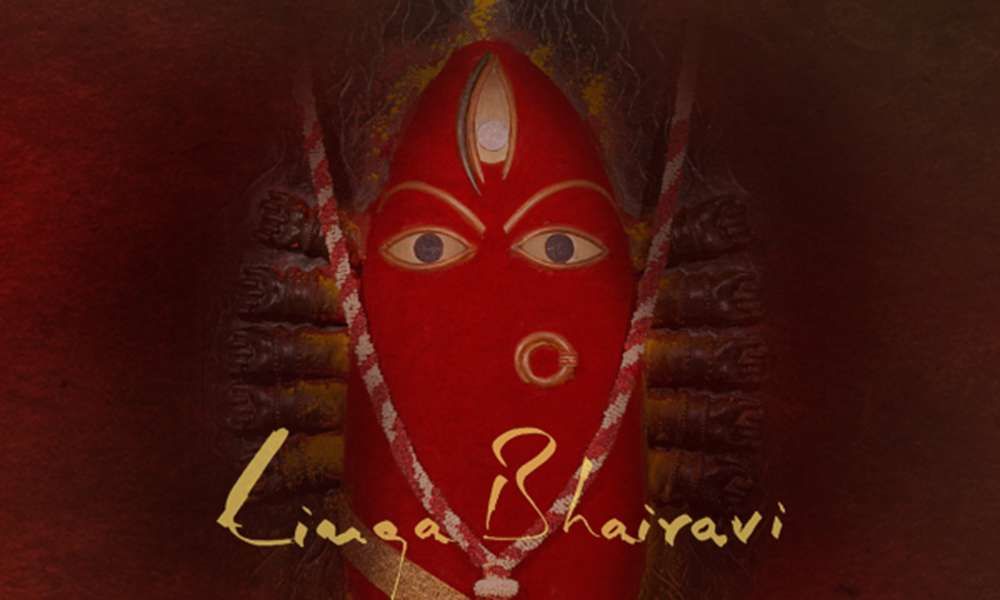Why Red is Significant for Devi
Red is Devi’s color for the first three days of Navratri, and in today’s article, Sadhguru explains why red is such a significant color for Devi.

Red is Devi’s color for the first three days of Navratri, and in today’s article, Sadhguru explains why red is such a significant color for Devi. Plus, Sounds of Isha releases the first of three special Navratri songs, based on Subramanya Bharathiyar’s poem.
దేవికి ఎరుపు రంగు ఎందుకు ప్రాముఖ్యమైనది….????
Sadhguru: What is color, first of all. The color of any substance is not because of what it is, it is what it rejects or what it gives away or reflects. Something looks red not because it is red, but because it holds back everything that white light contains and reflects red. So red does not mean it is red. Red means it is not red! Whatever you give away, that will be your quality in the world also. So Devi’s color is red because she gives away red.
Among the deities that you create, the feminine forms are the most exuberant. Because of that, Devi is red – not because she is red, because she is not red!
Among the deities that you create, the feminine forms are the most exuberant. Because of that, Devi is red – not because she is red, because she is not red!
If you walk in the forest, it is all green but there will be one spot of red – somewhere one red flower blossoming – that draws your attention because in your perception, red is the most vibrant of all the colors. All other colors may be pretty and nice but red is vibrant.
Many things which are significant to you are red. Red is the color of your blood. Red is the color of the rising sun. In human consciousness, colors have a big impact upon how you feel, and red creates maximum vibrance. Devi signifies that vibrance. Her energy is absolute vibrance and exuberance. Anything exuberant means red. You may have heard of “painting the town red!” Among the deities that you create, the feminine forms are the most exuberant. Because of that, Devi is red – not because she is red, because she is not red!
Chandiran Oliyil Avalai Kanden
The feminine has always been worshipped in Indian culture in various forms. This wonderful poem by the great Tamil poet, Mahakavi Bharathiyar, is in praise of the goddess and his experience of her. The song by Sounds of Isha is set to a tune as an offering to Linga Bhairavi Devi, and is the first of three songs to be released during Navratri.
Lyrics
Chandiraṉ oḷiyil avaḷai kaṇdēṉ
Sharaṇam eṉdṟu pugunthu koṇdēṉ
I saw her in the moonlight
and sought refuge in her
Indiriyaṅgaḷai veṉdṟu viṭṭēṉ
Eṉadheṉṟāsaiyai (eṉadhu eṉdṟa ācaiyai) koṉdṟu viṭṭēṉ
I have controlled my senses
and destroyed the desire of ‘mine’
Payaṉ eṇṇāmal uzhaikka soṉṉāḷ
She bade me to work unconcerned about results
Bhakthi seydhu pizhaikka soṉṉāḷ
She bade me to live in devotion
Thuyarillādheṉai seidhu viṭṭāḷ
Thus, she has removed all affliction
Thuṉbam eṉbathai koydhu viṭṭāḷ
She has rooted out all pain and suffering
Meeṉgaḷ seiyyum oḷiyai seiydhāḷ
She created starlight
Veesi niṟkum vaḷiyai seiydhāḷ
She created the blowing whirlwind
Vāṉgaṇuḷḷa veḷiyai seiydhāḷ
She created space
Vāazhi neñjiṟ kaḷiyai seiydhāḷ
She created joy in our hearts
Editor’s Note: Each day of Navratri includes the Navratri Pooja, a powerful opportunity to imbibe Devi’s Grace. The Navratri pooja includes an elaborate abhishekam of 11 offerings and a vibrant offering of music and dance thereby creating an explosion of energy with songs extoling Devi at her fullest glory.




